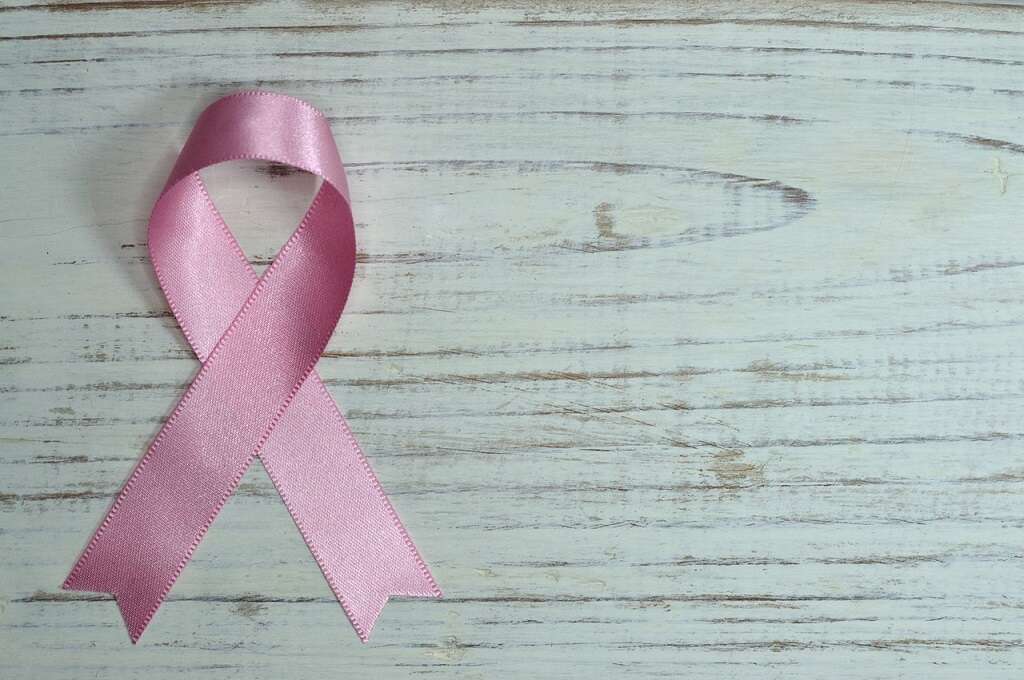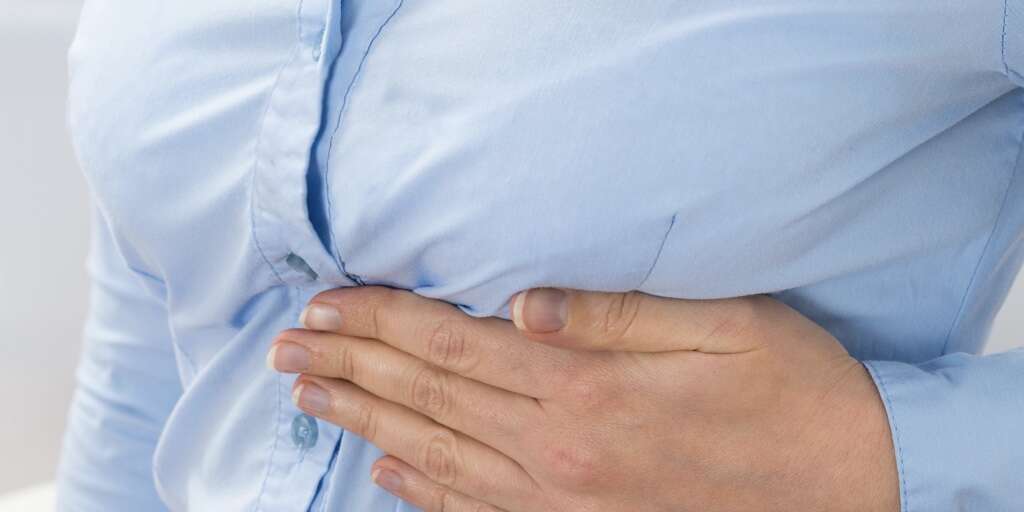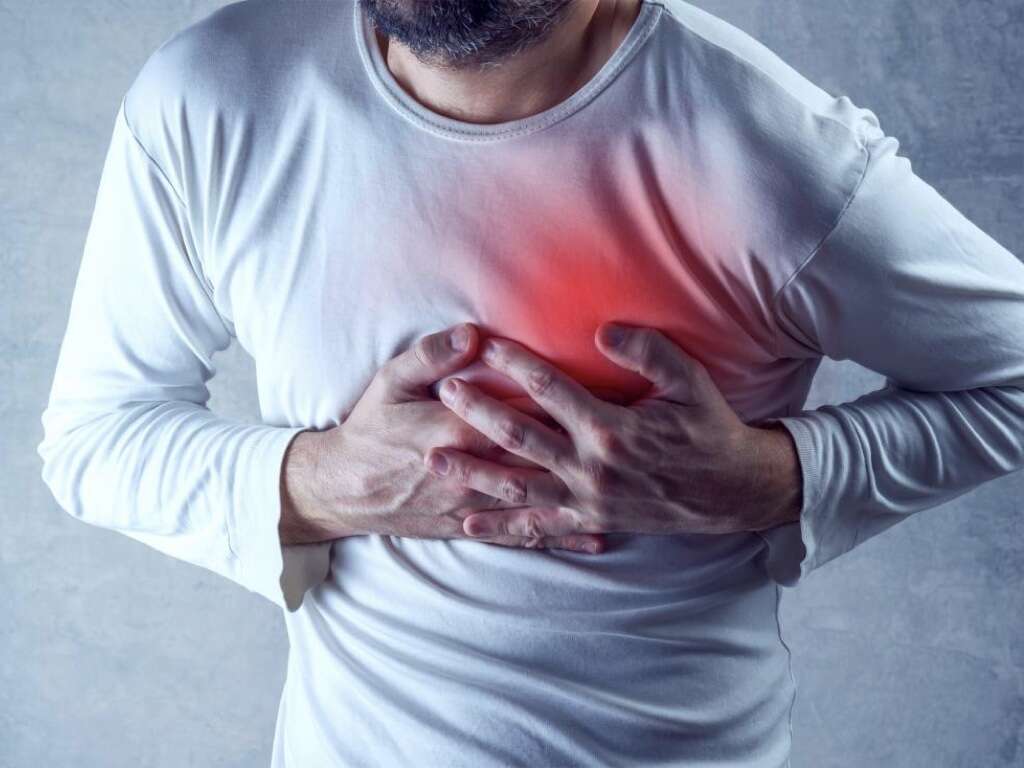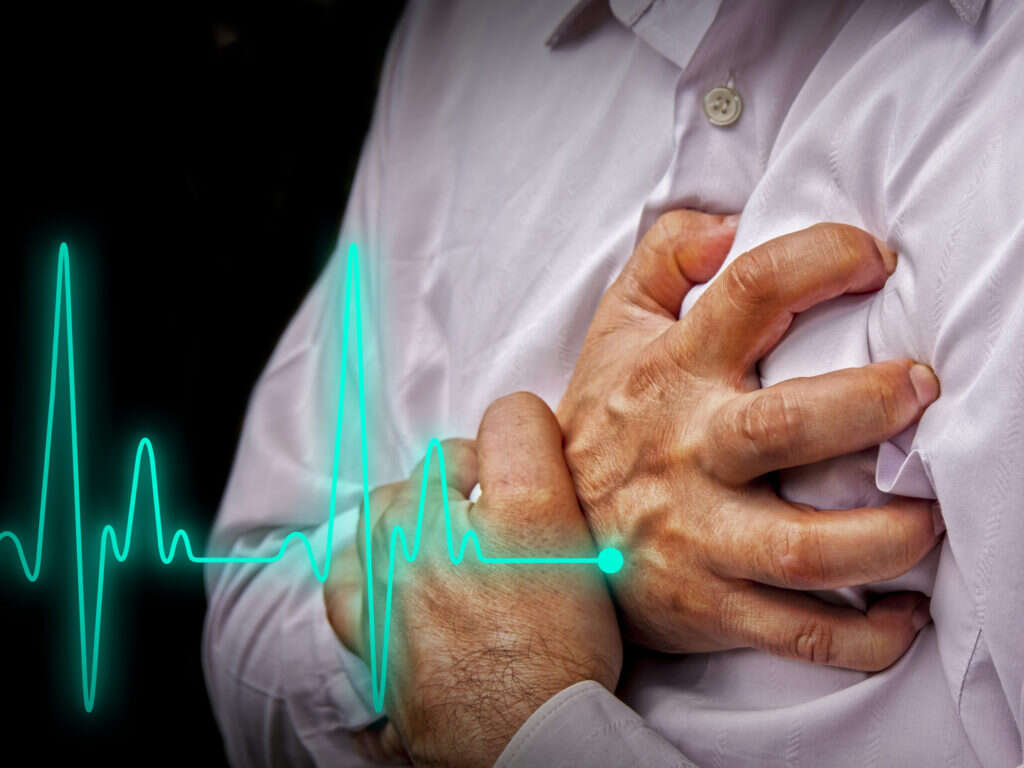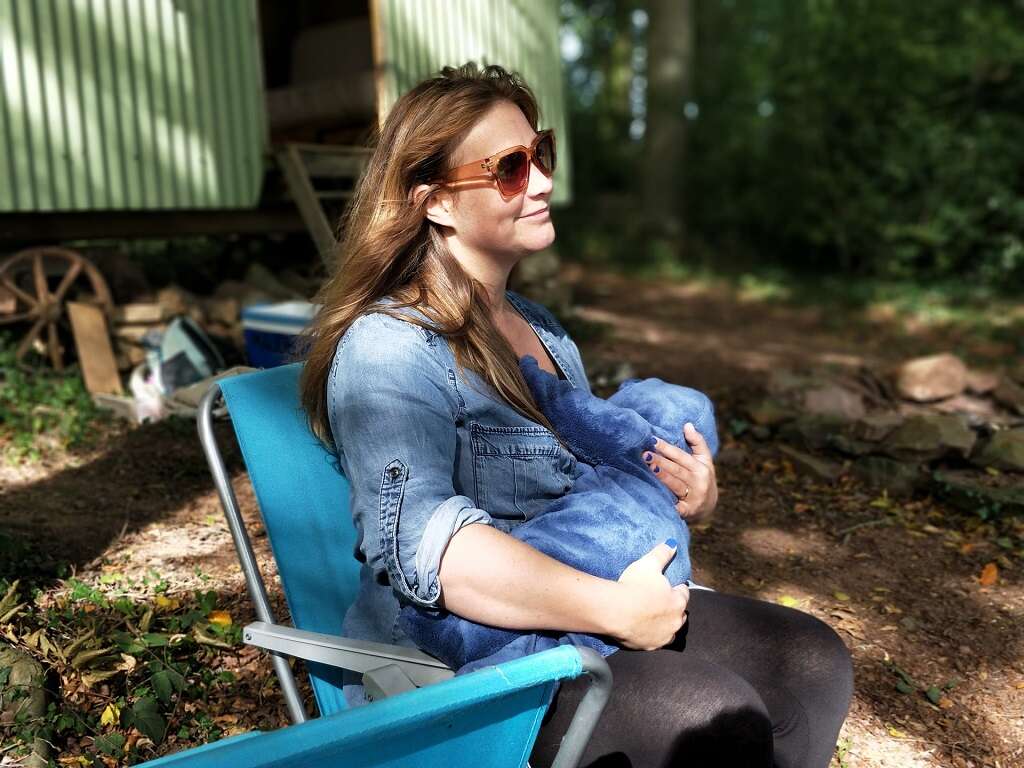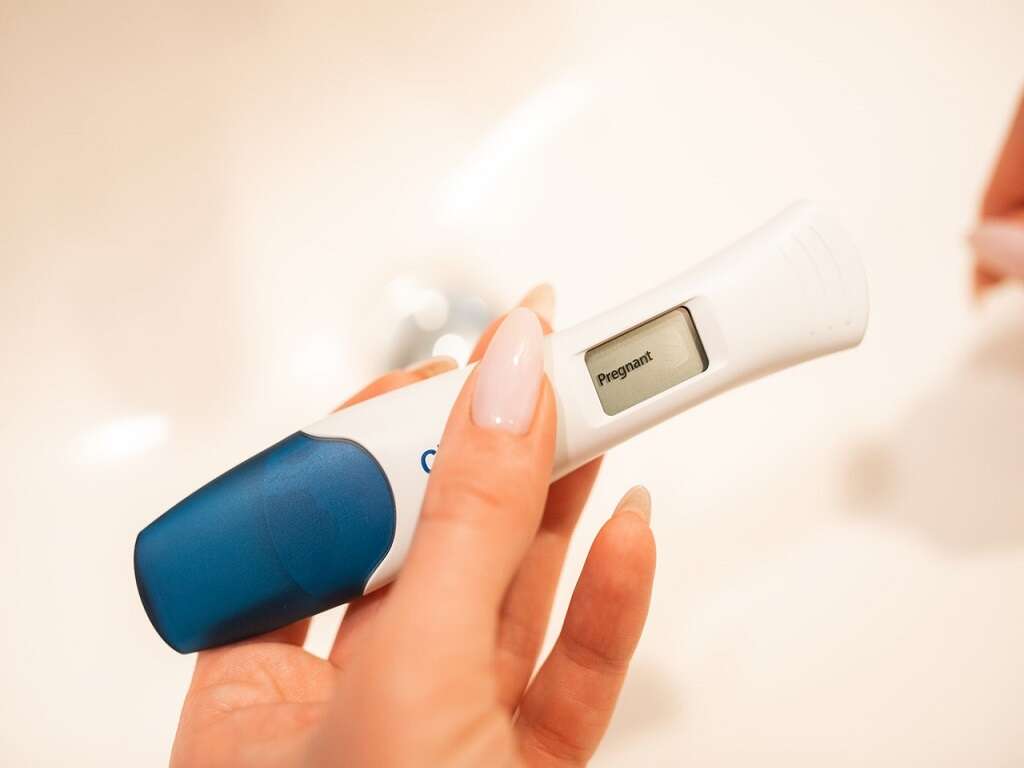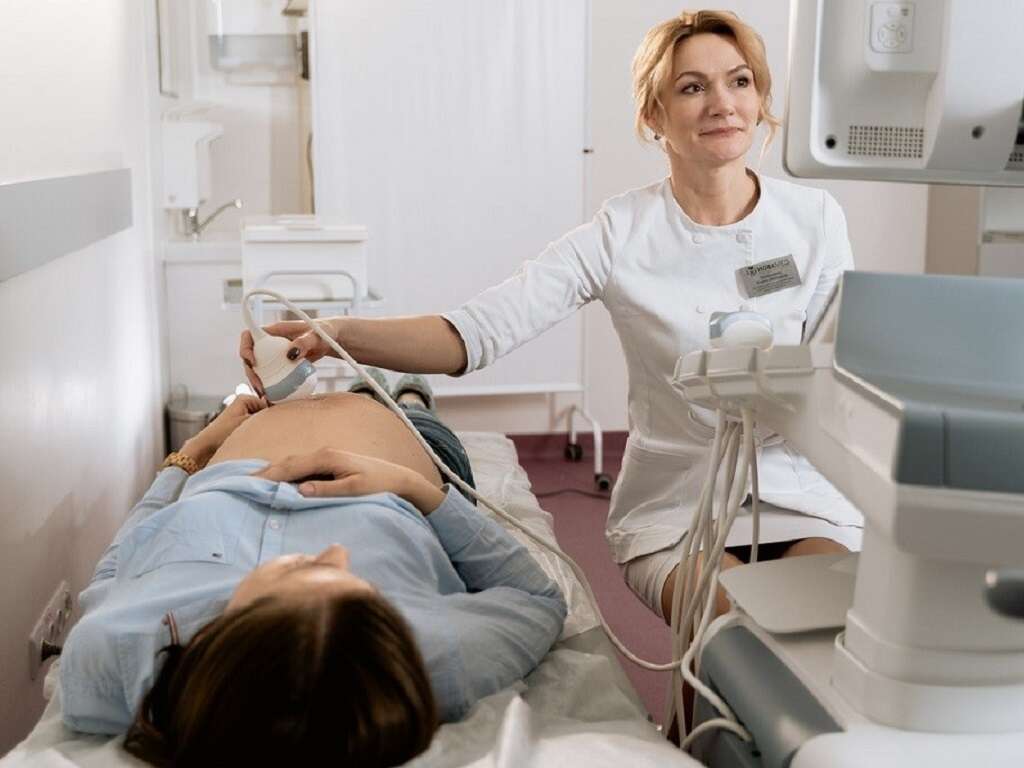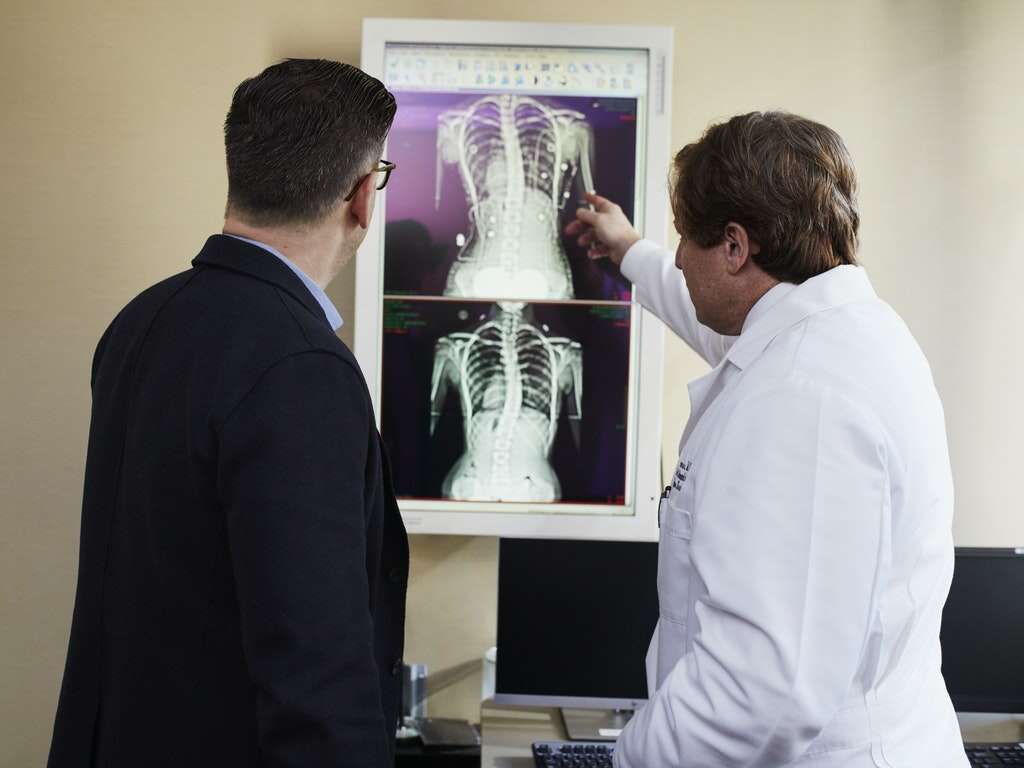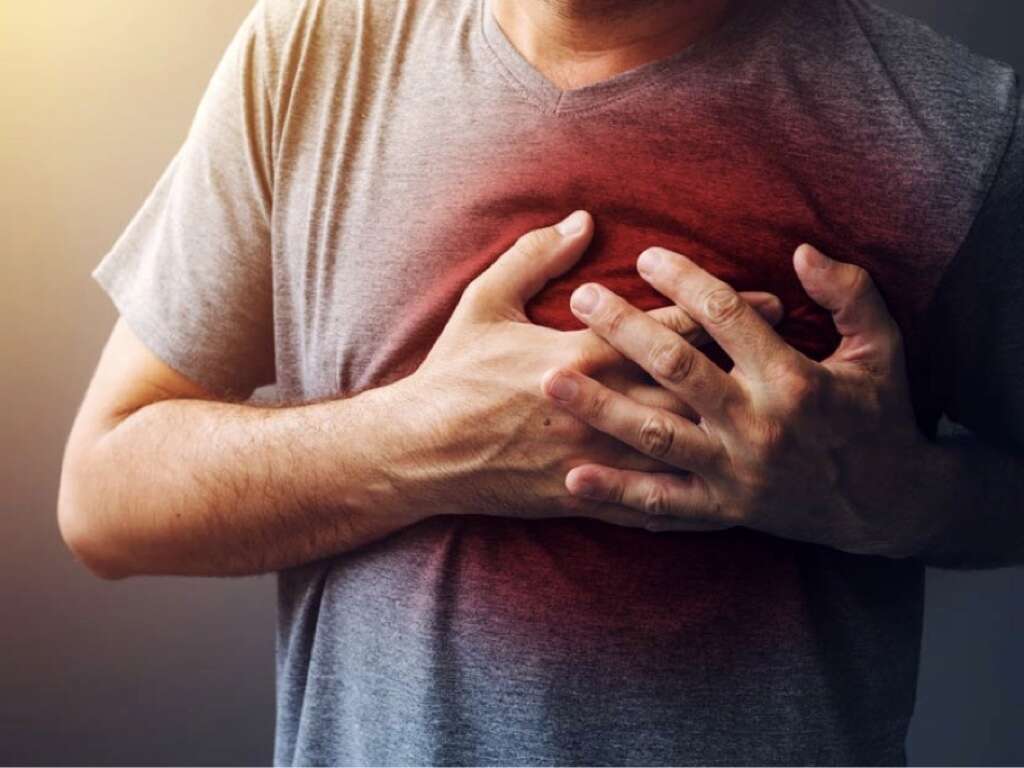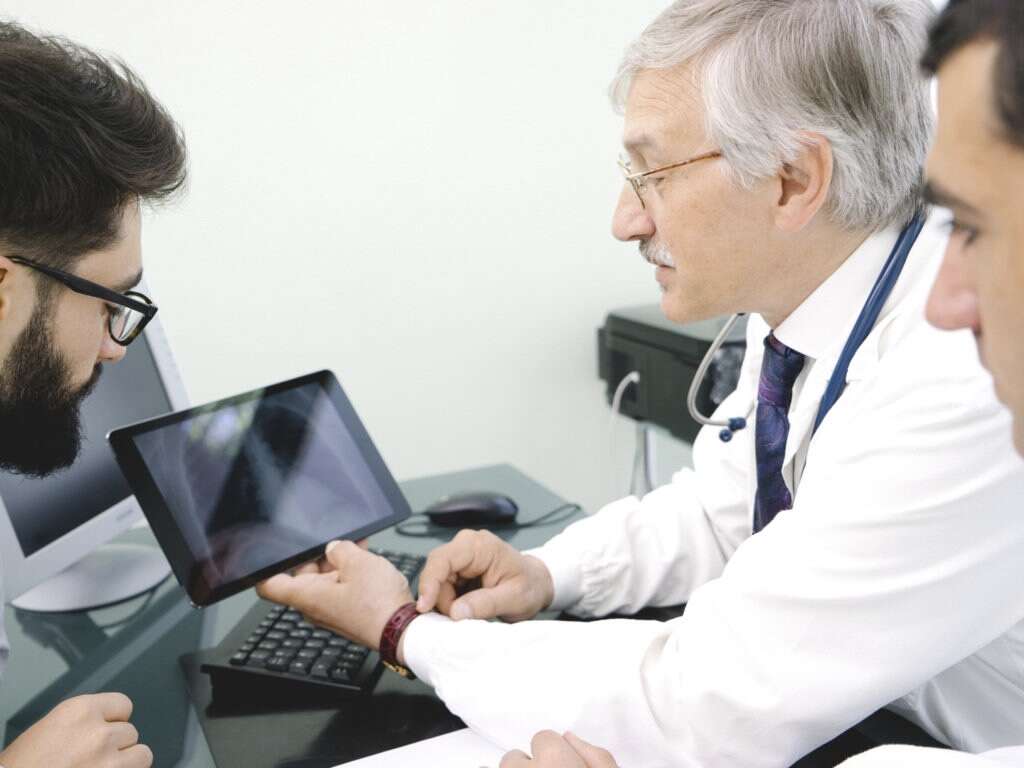Sore Nipple Causes, Treatments and More
 Article Sources
Article Sources
- 1. 'Breast Changes During Pregnancy |: American Pregnancy Association.' American Pregnancy Association, 22 Oct. 2020, americanpregnancy.org/healthy-pregnancy/pregnancy-health-wellness/breast-changes-during-pregnancy-960/.
- 2. 'Mastitis - Symptoms and Causes.' Mayo Clinic, 22 July 2020, www.mayoclinic.org/diseases-conditions/mastitis/symptoms-causes/syc-20374829#.
- 3. Robinson, Ann, et al. 'Why Do My Nipples Hurt? You Asked Google – Here's the Answer.' The Guardian, 21 Nov. 2017. www.theguardian.com/commentisfree/2017/aug/02/why-do-my-nipples-hurt-motherhood-running-sex.
- 4. Kim, Nicole S., et al. 'Nipple Eczema.' DermNet NZ – All About the Skin | DermNet NZ, dermnetnz.org/topics/nipple-eczema/.
- 5. 'Thrush.' La Leche League International, 6 Aug. 2020, www.llli.org/breastfeeding-info/thrush/.
- 6. 'Paget's Disease of the Nipple.' Nhs.uk, 23 Oct. 2017, www.nhs.uk/conditions/pagets-disease-nipple/.
Nipples experience enhanced sensitivity due to nerves and milk ducts. From time to time, nipples can experience hypersensitivity which can range from slight discomfort to severe pain. There are a number of causes both internal and external.
While the most common cause of sore nipples is friction, there are a number of medical reasons for the condition too. These range from hormonal changes to illnesses, diseases, and infections. While many of these causes can be treated with topical applications, some may require further medical intervention, such as surgery. Those with prolonged nipple pain should consult their physician.

1. Friction
Poorly fitting clothing and a lack of support by underwear could lead to discomfort. Certain fabrics can cause irritation when rubbed against the nipple, and when this happens for long enough, the nipple may become swollen and feel sore to the touch.
A quick remedy would be the application of some lanolin cream, Aquaphor, or Vaseline before exercising. Surfers should also invest in a well-fitting wetsuit to prevent chafing. If the friction is caused by regular clothing, it's important to ensure that the size is right. For women, a well-fitting bra should alleviate some of the friction.
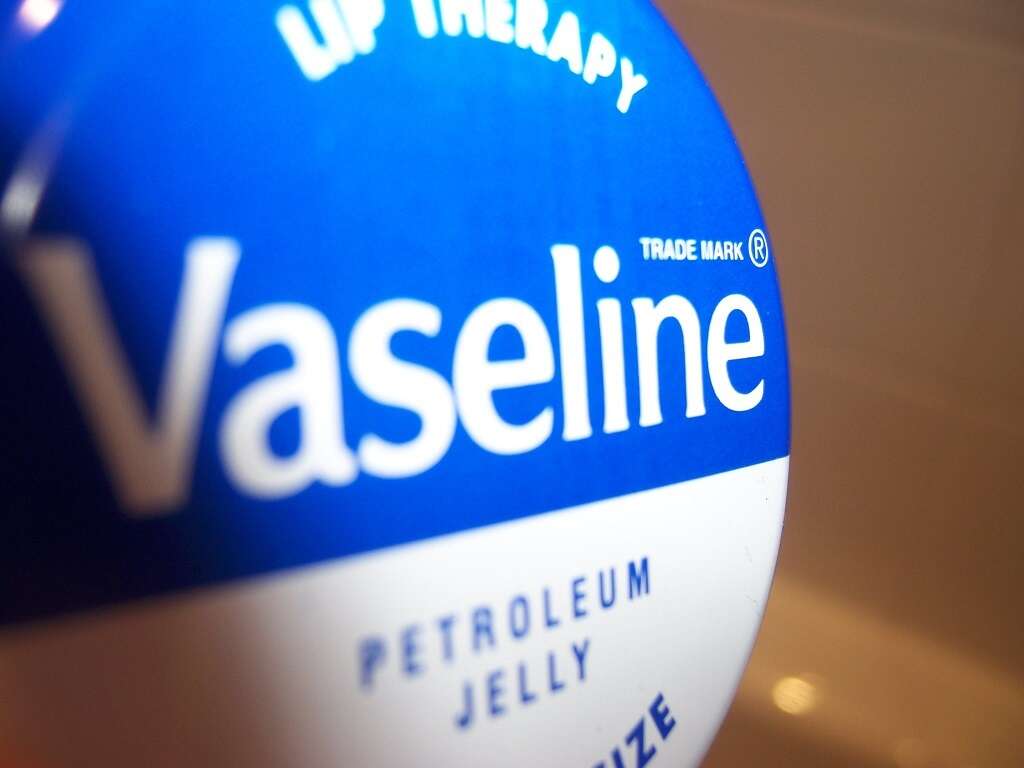
2. Pregnancy
A hormonal shift takes place during pregnancy which increases progesterone. This allows the breasts to ready themselves for an increase in milk production. The stretching can cause discomfort.
Colostrum is a rich, thick pre-milk produced by the breasts and is intended to give a baby a nutritious boost at birth. The breasts start preparing colostrum from as early as the second semester. At times, the breasts may produce some discharge even before the baby is born and the nipple may feel more sensitive.1‘Breast Changes During Pregnancy |: American Pregnancy Association.’ American Pregnancy Association, 22 Oct. 2020, americanpregnancy.org/healthy-pregnancy/pregnancy-health-wellness/breast-changes-during-pregnancy-960/.
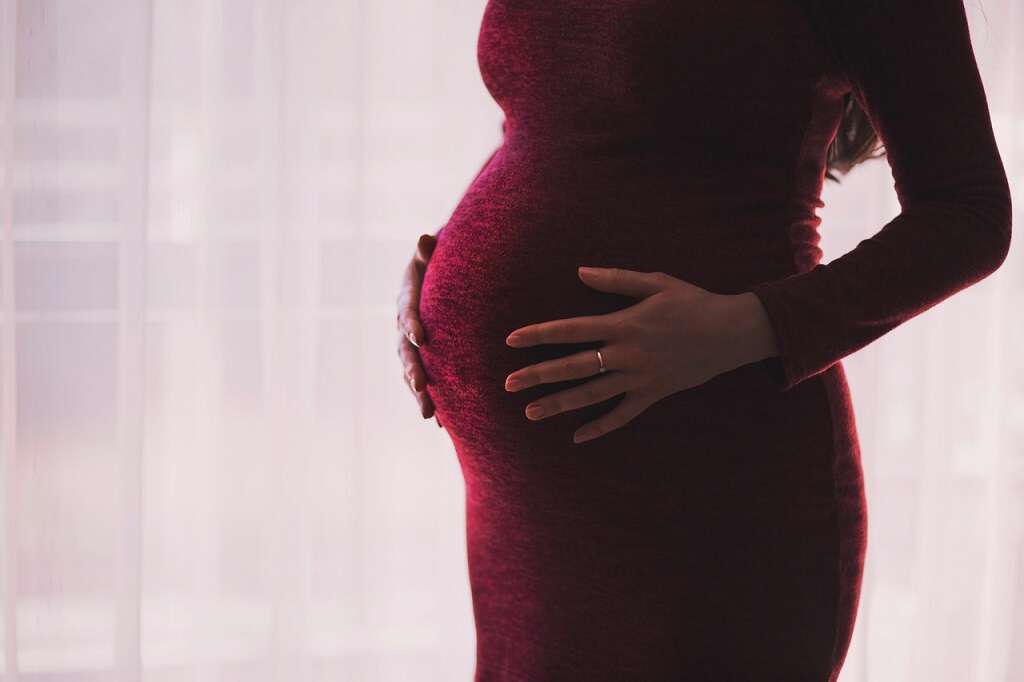
3. Breastfeeding
Breastfeeding can be tough on the nipples, as the baby finds its latch on the nipple to feed. Once a baby has a good latch, the nipples shouldn't hurt; however, until that happens, new mothers can expect cracked, swollen, and even bleeding nipples.
A lactation specialist or doula should be able to assist in those first few days to help get the baby to latch properly. Lanolin cream and laser therapy can reduce nipple pain.
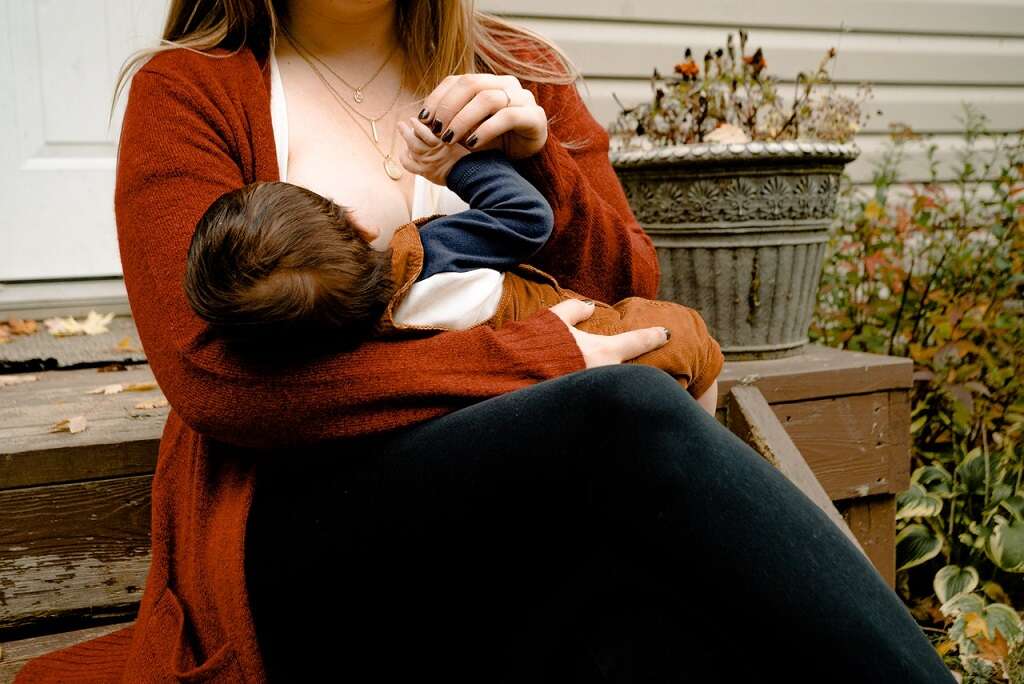
4. Mastitis
While mastitis is usually expected when women are breastfeeding, there are cases where both women and men develop mastitis. This painful condition is caused by inflammation of the breast tissue. In some cases, the inflammation is caused by a bacterial infection and may require treatment of antibiotics to clear.
Breastfeeding mastitis can be debilitating; however, feeding an infant can still continue even if treatment is taking place in the form of medication. Symptoms include inflamed or tender breast tissue and fever.2‘Mastitis - Symptoms and Causes.’ Mayo Clinic, 22 July 2020, www.mayoclinic.org/diseases-conditions/mastitis/symptoms-causes/syc-20374829#.
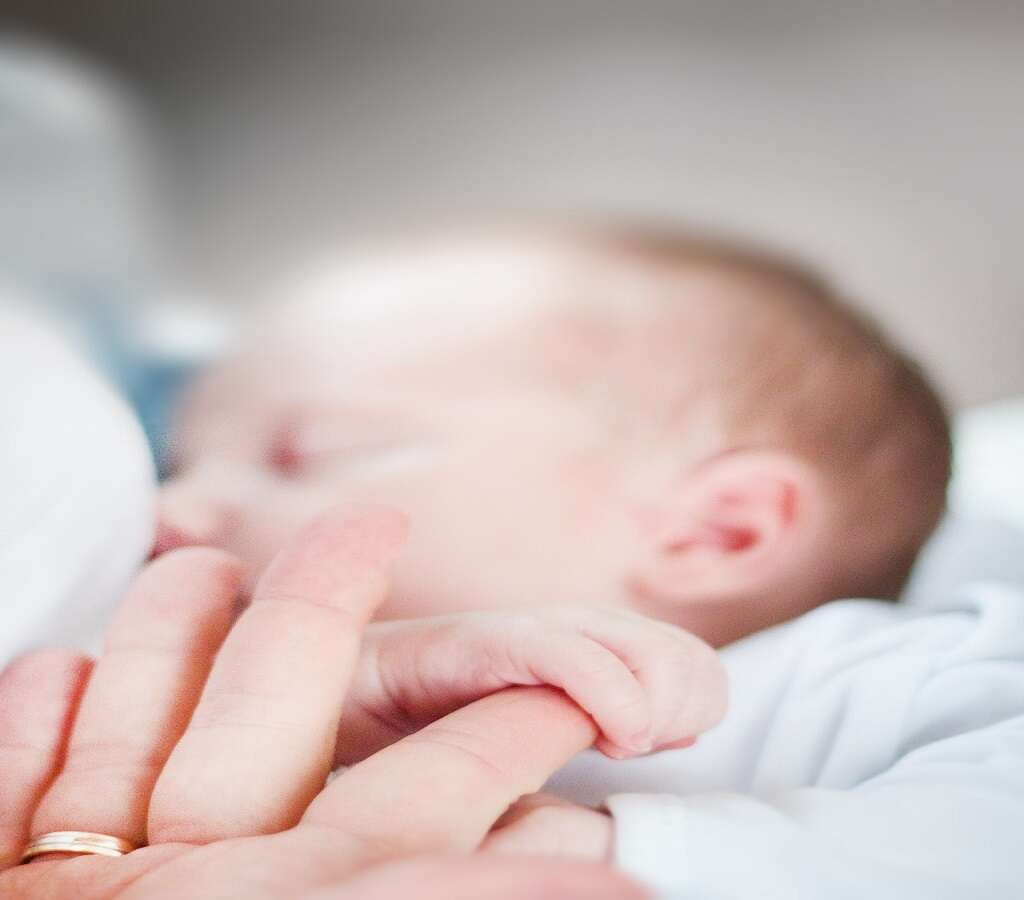
5. Menstrual Cycle
During the menstrual cycle, women experience hormonal shifts, particularly changes in progesterone levels. This hormone encourages milk glands to expand in anticipation of possible pregnancy. Estrogen levels also fluctuate, which causes the ducts to enlarge. The combination of both of these processes can lead to breast and nipple tenderness.
A warm bath or warm compress can alleviate some of the discomfort as well as comfortable, well-fitting clothing. Extreme and prolonged pain should be referred to a physician.

6. Sexual Activity
Nipples are sensitive to touch as the site of a large number of nerve endings. These nerve endings allow for maximum sensation, but overstimulation can lead to painful fissures and cracks. When this happens, the nipples become engorged and tender.3Robinson, Ann, et al. ‘Why Do My Nipples Hurt? You Asked Google – Here’s the Answer.’ The Guardian, 21 Nov. 2017. www.theguardian.com/commentisfree/2017/aug/02/why-do-my-nipples-hurt-motherhood-running-sex.
Painful scabbing caused by these fissures and cracks may lead to discomfort. In this case, women can use lubrication, such as lanolin cream, to ensure the nipples remain soft.
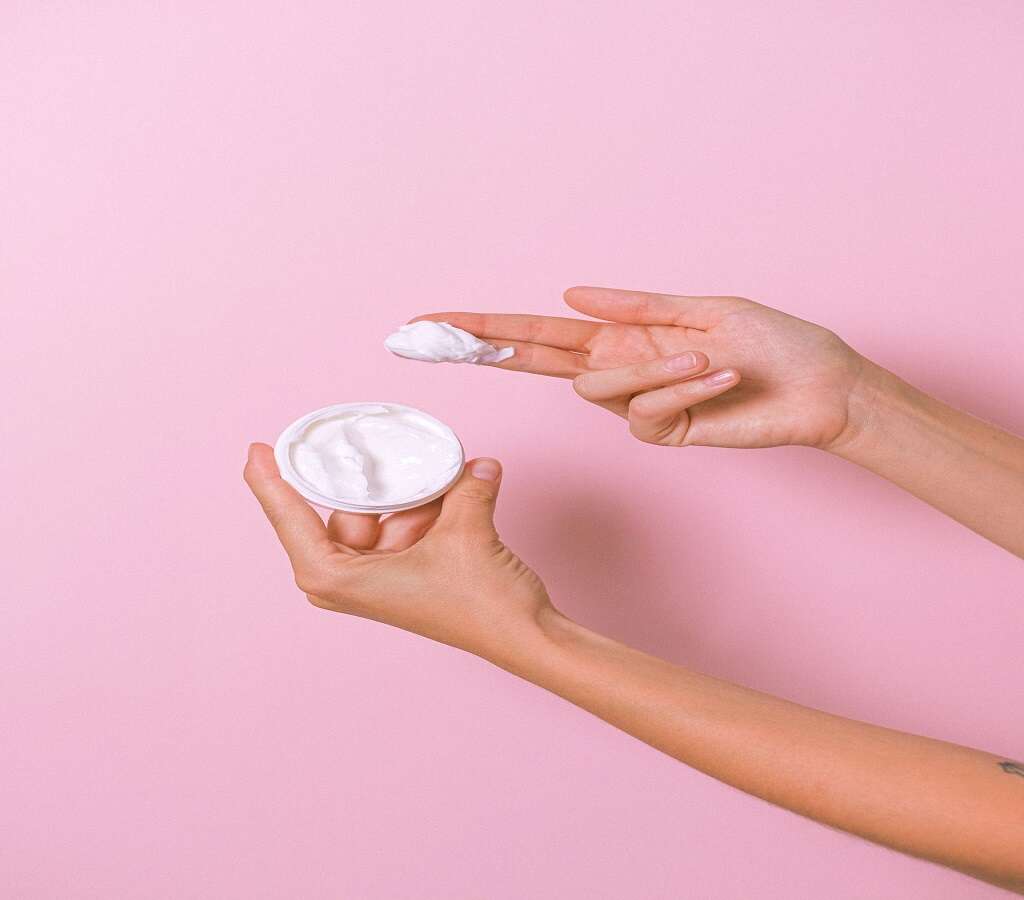
7. Dermatitis and Atopic Dermatitis
Those who are prone to eczema, may at some stage develop dermatitis of the breast, including the nipple area. It mainly affects the areola and can be itchy and painful at the same time.4Kim, Nicole S., et al. ‘Nipple Eczema.’ DermNet NZ – All About the Skin | DermNet NZ, dermnetnz.org/topics/nipple-eczema/.
Atopic dermatitis is a form of eczema and is allergy-related. Irritants, such as certain soaps and detergents, may trigger an episode. Eczema and atopic eczema can affect one or both nipples. Low to moderate steroid doses may be used to treat the symptoms.

8. Thrush
Thrush not only causes nipple pain and discomfort, it can also cause problems with breastfeeding, as it can spread to the baby. Small sores in the mouth and a white tongue are indicators of thrush in an infant and requires immediate treatment for feeding to continue.
Topical lotions and gels are used to clear up the infection. Symptoms to look out for include cracked, sore nipples and shooting pains in the breasts after feeds.5‘Thrush.’ La Leche League International, 6 Aug. 2020, www.llli.org/breastfeeding-info/thrush/.
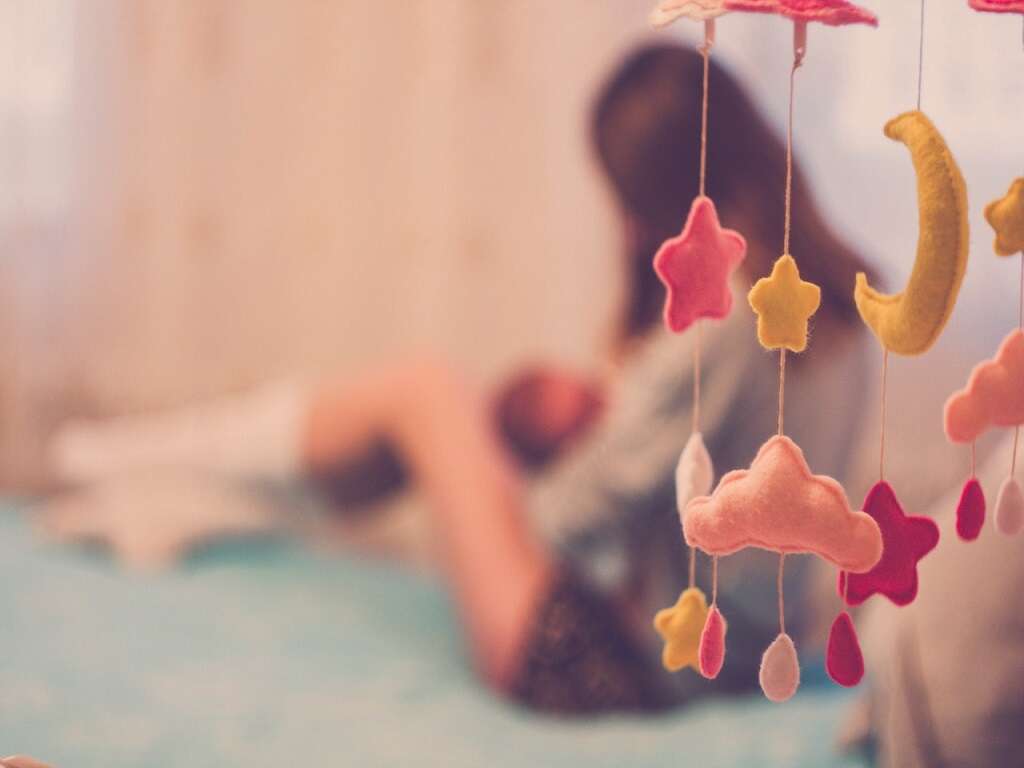
9. Breast Cancer
While breast cancer is more commonly identified by painful lumps or hardness in the breasts, nipple pain can occur when these growths become inflamed. The treatments used to treat breast cancer, such as radiation, may also cause nipple discomfort.
There is very little relief from breast pain during cancer treatment apart from strong pain killers. Pain management is usually closely monitored to ensure increased comfort and the ability to function, while ensuring that it doesn't affect the treatment of the actual cancer.
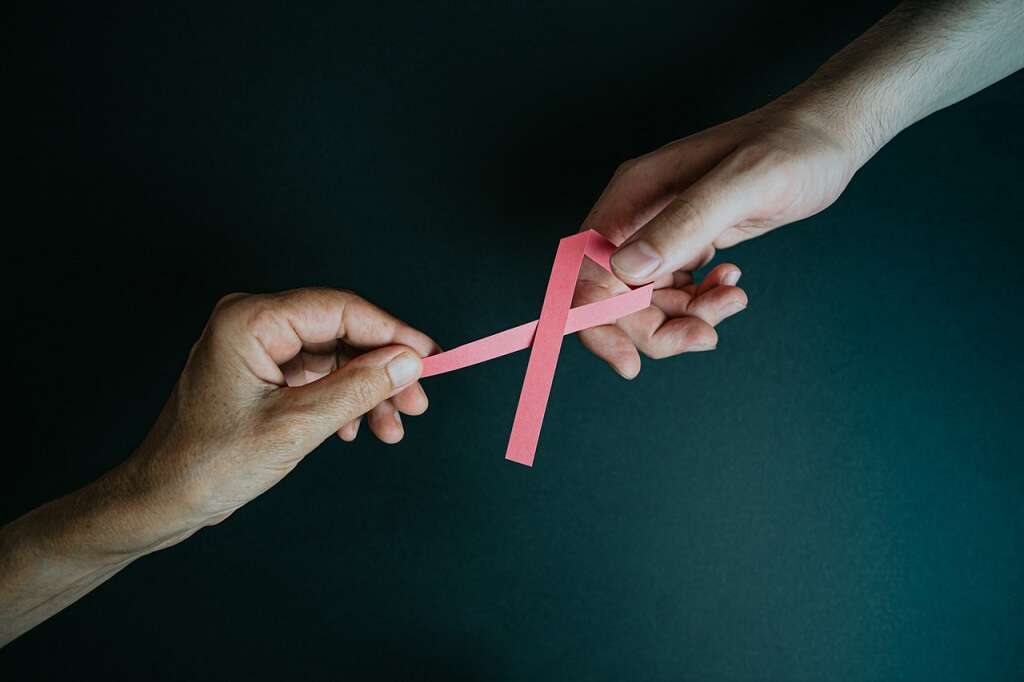
10. Paget's Disease
Paget's Disease is an indicator that there is breast cancer behind the nipple in as many as nine out of ten cases. Those who do not have a lump often have non-invasive cancer.6‘Paget’s Disease of the Nipple.’ Nhs.uk, 23 Oct. 2017, www.nhs.uk/conditions/pagets-disease-nipple/. It affects the nipple by causing painful scabbing and an eczema-like rash. The red, scaly appearance can extend to the areola.
It's not uncommon for ulcerations to form. A biopsy is required to diagnose Paget's Disease and will determine whether a mammogram is needed.
